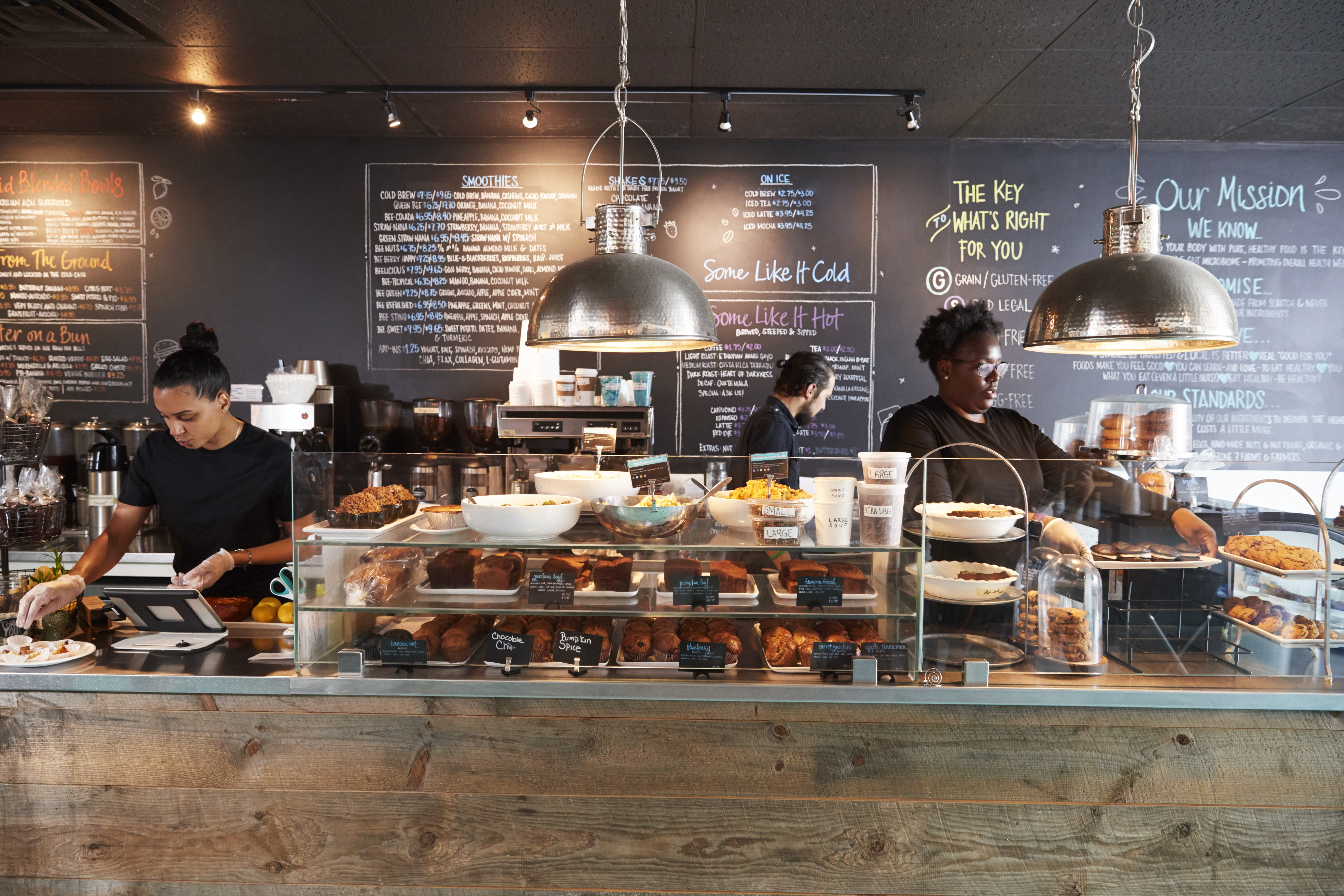
As a restaurant manager, you understand the importance of well-trained staff and exceptional customer service. A solid training program is key to ensuring your new hires are well-equipped for their roles, and your existing staff continue to grow and excel. This post provides a comprehensive guide to designing and implementing a successful training program for your restaurant, using hands-on learning techniques that cater to various learning styles and preferences.
Set Clear, Comprehensive Goals for Your Training Program
Begin by outlining clear, comprehensive goals for your training program. These goals should be tailored to address the unique needs of your restaurant:
Teach essential skills, such as food handling, cooking, serving, and maintaining a clean work environment.
- Encourage exceptional customer service, communication, and interpersonal skills, ensuring that customers feel welcomed and valued.
- Ensure staff have in-depth knowledge of menu items, ingredients, allergens, and dietary requirements to address customer inquiries effectively.
- Promote teamwork, collaboration, and efficient communication among staff members for a smoother workflow.
- Having well-defined goals will serve as the foundation for your training program and help you design targeted, relevant training materials.
- Assess and Prioritize Your Staff's Training Needs
- As a restaurant manager, you have unique insights into your staff's needs and areas for improvement. Evaluate and prioritize training requirements by considering factors such as:
- Health and safety regulations, ensuring staff are knowledgeable about guidelines and can maintain a safe and clean work environment.
- Special equipment, techniques, or unique aspects of your restaurant that staff must master.
- New technology or software being introduced, requiring staff to learn new systems and processes.
- Once you've identified the most pressing training needs, prioritize them based on their impact on your restaurant's operations and customer experience.
Implement the "Watch, Practice, Teach" Learning Method
The "Watch, Practice, Teach" method is a highly effective, hands-on approach to learning that caters to various learning styles:
Watch: Staff observe a trainer, experienced coworker, or instructional video demonstrating a specific skill or task.
- Practice: Staff then attempt the skill themselves, receiving constructive feedback from trainers or supervisors to refine their technique and improve performance.
- Teach: Finally, staff teach the skill to a colleague, reinforcing their own understanding and helping their coworker learn in the process.
- This method maximizes the learning potential by engaging staff through observation, active practice, and peer-to-peer teaching, which have been shown to be effective learning strategies.
Diversify Your Training Methods and Incorporate Simple Psychological Techniques
To ensure your staff receive the most comprehensive and effective training possible, utilize a mix of teaching methods in your program:
- Online learning for flexible scheduling and self-paced learning, which can be especially helpful for theoretical knowledge or policy updates.
- Classroom sessions that facilitate group discussions, collaborative problem-solving, and shared learning experiences.
- Workshops for hands-on practice, demonstrations, and skill-building exercises in a controlled environment.
- On-the-job training that allows staff to apply their new skills in a real-world setting, with immediate feedback from supervisors or experienced colleagues.
Incorporate simple psychological techniques to further enhance your training program:
Spaced repetition, which involves revisiting learned material at specific intervals, to improve long-term retention.
- Immediate feedback to allow staff to learn from their mistakes and make rapid improvements.
- Goal setting, which encourages staff to establish specific, achievable targets that foster motivation and a sense of accomplishment.
Continuously Evaluate and Improve Your Training Program
As a restaurant manager, it's crucial to assess the effectiveness of your training program regularly. To achieve this, implement a thorough evaluation process that includes the following elements:
- Pre- and post-training assessments: Gauge participants' knowledge and skills before and after the training to measure the program's impact. This will help you identify areas where the training has been most effective and those that may need improvement.
- Participant feedback: Collect feedback from staff who have participated in the training. This can be done through surveys, focus groups, or informal conversations. Staff input is invaluable for identifying areas that need enhancement and understanding which aspects of the program they find most beneficial.
- Performance metrics: Monitor changes in employee performance, customer satisfaction, and other relevant indicators to evaluate the training program's influence on your restaurant's operations. By tracking these metrics over time, you can determine if the training has led to positive outcomes and make data-driven decisions to optimize the program.
- Regular evaluation allows you to make continuous improvements to your training program, ensuring it remains relevant, engaging, and effective for your staff. Moreover, by staying committed to refining your training program, you demonstrate to your staff that their professional development is a priority, fostering a positive work environment and a culture of continuous learning.
Conclusion
Designing and implementing a comprehensive training program is essential to the success of your restaurant. By using the strategies outlined in this guide, you can create an effective training program that caters to various learning styles, incorporates hands-on learning techniques, and addresses the unique needs of your staff. Continuously evaluating and improving your training program will ensure your staff remain well-equipped to excel in their roles, resulting in a better customer experience and a more successful restaurant.
Categories
Recent posts


5 Things to Consider When Choosing a ...
21 Mar 2023
A Comprehensive Guide for Restaurant ...
27 Mar 2023
7 Tips to Improve Your Restaurant's Cost ...
21 Mar 2023